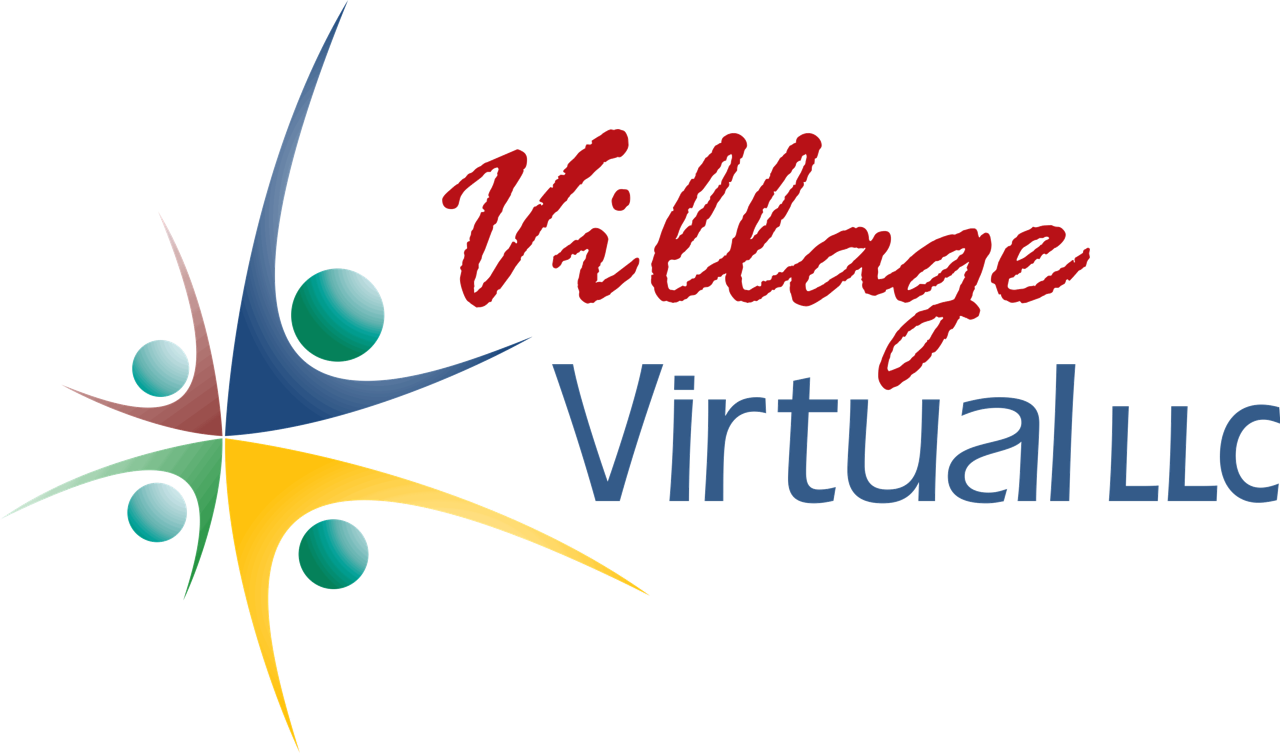Addressing Equity in Education with Online Learning
My sister has always said of me, “Disaster is your friend.” And while I don’t want to tempt fate by appearing to laugh in the face of adversity, I would have to admit that in the darkest times of my life, I experienced the most growth, and floods, felled trees, accidents, and calamities that should have prompted a downturn in my fortunes often had the opposite effect. Time and again, I found opportunity in the obstacle, and sometimes that made all the difference.
Traditional schools have been handed the same sort of opportunity with COVID-19. There is no doubt that transitioning to remote learning has resulted in learning loss for a wide swath of students, and many are counting the days to a return to the way it was, pre-pandemic. But recent research and surveys of parents and school leaders indicate that most want to keep a virtual school option open for the sub-set of students and parents who have found that online learning is a great fit for their students and their situations. The tremendous steps forward in connecting students to broadband and devices can lead to greater educational equity by not only providing an alternate learning environment, but also by providing access to an astounding array of content and certified instructors.
It must be noted here that remote learning and online learning are not synonymous. Remote learning occurs when teachers attempt to recreate an in-person course by moving their direct instruction to an online delivery method supplemented by worksheets or access to practice exercises. Online learning, on the other hand, has been purposely designed for virtual delivery and includes direct instruction, assignments and assessments that follow the principles of good instructional design and are aligned to Common Core or state and national standards, as appropriate.
A number of parents with whom we have worked this past school year, particularly in rural districts, have commented that the rigor of Village Virtual online courses is better preparing their students for college and that the personal connections they were able to forge with the teachers online shored up their students’ confidence and resulted in higher levels of achievement than they had seen in the face-to-face setting.
Additionally, preliminary tracking of End of Course testing of full-time virtual school students this past fall showed no decrease in student performance on state assessments as compared to previous semesters.
In short, online learning works for some students, and districts can continue to offer this option without taxing their already beleaguered teaching staff through partnerships with companies who offer a one-stop, research-based, standards-aligned solution for serving these families.
This is the time to seize the growth opportunity presented by the pandemic to finally make full-time online learning an option in every school district. This is easily within grasp. Visit our Newsletter or Student Stories pages to read comments directly from our community and contact me if I can help you envision an ideal scenario or support your efforts.

